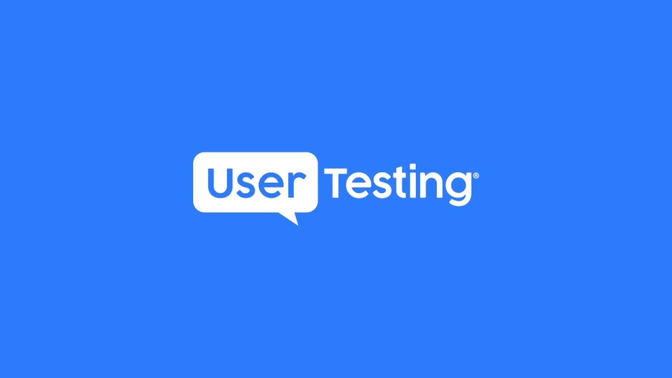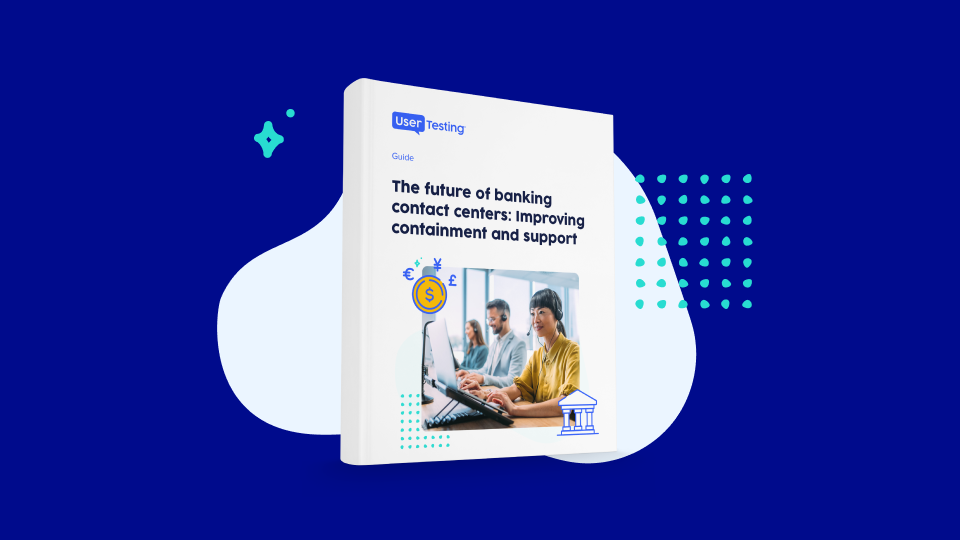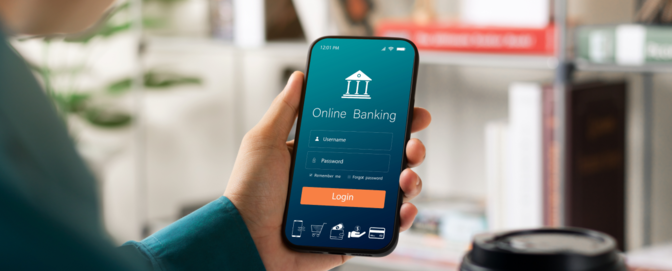
What you need to know about self-service banking

Even if you haven’t heard of self-service banking, you’ve likely done it, from using a mobile banking app to making a contactless purchase. Historically, self-service banking has included inventions like the ATM, which paved the way for a new, contactless approach to banking. After all, customers want to avoid long lines and the possibility of bank branches or call centers being closed to fulfill their financial needs. And amid the COVID-19 pandemic, bank branches closed or limited their hours at record rates—on the heels of a steady rate of closures in the prior years. The closures have left consumers with no choice but to get acquainted with self-service banking, with many embracing it with open arms.
Innovations like digital banking are no longer new but the norm and expected. Digital banks are incorporating AI and video banking technology into their call centers, while customers are becoming more accustomed to features like digital wallets and biometric authentication. In a space where everything can change in the blink of an eye, here’s everything you need to know about the self-service banking experience.
What are examples of self-service banking?
Automatic telling machines (ATM)
ATMs are an electronic, representative-free service that allows customers to withdraw cash, deposit checks, and transfer funds without having to step foot into a branch.
Interactive Teller Machines (ITM)
With ITMs, customers can perform a variety of transactions, including depositing checks, transferring funds, paying off credit cards, and making investment account transactions. However, they’re differentiated from ATMs in that they offer video chatting features so customers can chat with tellers, an ID scanner for identity verification, and more.
Interactive kiosks
These are similar to ATMs but with more features. In case bank tellers aren’t available, customers can avoid long lines or branch closures by using an interactive kiosk for cash and check transactions, credit card applications, and loan activity. Customers can conduct financial transactions on their own time, while banks benefit from reduced manual tasks and less human error.
Contactless transactions like cardless readers
While credit and debit cards have historically needed to be inserted or swiped for a transaction to go through, contactless chip cards are on the rise. Consumers can tap their card against a reader to access an ATM or make a purchase.
Biometric identification
Also known as facial or fingerprint scanning, this form of identity technology allows consumers to scan their facial features or hold down their fingerprints to access their banking accounts. It adds an extra layer of security while one can forgo typing in their password yet again.
Online banking
Whether you choose to do banking on mobile or desktop, digital banking replaces the need to visit a branch in person and offers all you need with an internet connection.
Personalization
Banking experiences inevitably have a wealth of customer data they can use to their advantage towards personalization efforts. Examples include charts of spending habits broken up into categories, budgeting tools, and goal-setting features. Get this right, and you can increase customer engagement and improve your platform’s CX.
Digital wallets
If you find a physical wallet cumbersome, enter the digital wallet. With common options like Apple Pay, Samsung Pay, PayPal, and Venmo, you can pay a retailer or friend in seconds. And in addition to adding convenience to payments, digital wallets can also store boarding passes, tickets, and reservations.
For more insight from everyday banking customers, watch the below video. UserTesting contributors evaluate self-service banking tasks, like improving a banking app, attempting to extend a hypothetical overdraft, and rating the utility of certain information.

The biggest barriers to self-service banking and how to mitigate them
Access to target customer groups
A quality usability test isn’t complete if your target users aren’t on the other end. And typically, the more specific your customer group is, the harder they are to find. Though it’s not all bad news. In fact, many UX thought leaders encourage casting a wide net when recruiting user testing participants. After all, most products should be clear and intuitive enough that anyone can figure them out.
However, if you have an instance where specificity is crucial, like a target demographic that uses your bank or a competitor, screener questions can help narrow down the audience. Known as multiple-choice questions that give access to the right users, screeners should:
- Always provide a “None of the above,” “I don’t know,” or “Other” option
- Provide clear and distinct answers that don’t overlap each other
- Avoid asking leading questions or yes/no questions
Shaping screeners can be challenging, so we encourage you always to perform a dry run to ensure that your screeners are effective—and give yourself room for adjustments.
Asking the right questions
Banks often need help understanding the narrative, or the why, behind every data point. To better understand how your product is perceived, you first need to understand your customer—and know which questions to ask versus making assumptions. You can break this down by reserving certain questions for specific development life cycles.
For instance, in early-stage discovery, you’re most in need of discovering needs and frustrations and validating ideas. Consider asking users the challenges they encounter, the brands they turn to, and how a product could become more convenient. Compare this to when a product is already launched, when you can ask how a task can be simplified or if there are features that should be added or removed.
How UserTesting helps banks modernize
Financial organizations, small and large, B2C and B2B alike, have leaned on UserTesting to improve or modernize their self-service offerings. ATB Financial used the Human Insight Platform to find customer pain points within their digital service. Meanwhile, T. Rowe Price caught and turned around a high drop-off rate on their page promoting an online investment account. And Wise leveraged qualitative research to enhance its app and website. The results aren’t just project-based either—these organizations have gained greater trust with their customers, democratized research, increased the frequency of usability testing, and further demonstrated the value of human insight.
Louis Granger, Head of Solutions Consulting at UserTesting, discusses how banks are using UserTesting to modernize, “Everything. If you think about any touchpoint you have as a bank with your customer, whether that’s marketing, sign-up, digital banking, going into a branch, or loyalty content—any of those touchpoints you can get feedback on with our technology.” He continues, “And what we see with the more traditional banks, they’ve gotten into this cadence—historically speaking to customers once a month or every few months. What they’re doing now is a lot more iterative testing. With each of their customer-facing assets, getting feedback on that, tweaking slightly, and moving more agilely on how to build better experiences.”

The future of banking contact centers
Discover key trends shaping the future of banking contact centers and how to improve customer experience.





